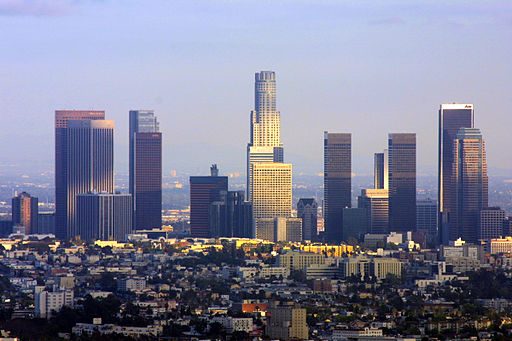 During Q2 2017 the US economy witnessed some impressive growth; actually the fastest it has encountered in the last two years. Some of this has been attributed to President Trump since economic growth reached 3% during his first full quarter, marking the highest it has been since Q1 2015, and more than double that of Q1 2017.
During Q2 2017 the US economy witnessed some impressive growth; actually the fastest it has encountered in the last two years. Some of this has been attributed to President Trump since economic growth reached 3% during his first full quarter, marking the highest it has been since Q1 2015, and more than double that of Q1 2017.
This optimistic economic climate has also been attributed to stronger consumer spending as well as better business investment.
The sentiment was echoed by Patricia Buckley recently who wrote: “Healthy employment growth and moderate increases in GDP continue to define the US economy, even as the composition of the labor force evolves.”
Still, while this does indicate cause for positive thinking (with unemployment lower than it has been since 2001, at 4.3%), there is still the matter of the fact that growth is somewhat underwhelming. For example, while there has been 2-3% of salary increase (above inflation), it’s not great. And while confidence in CEO and small businesses is high, businesses are not investing as much as they should.
Yes, we’re on the right tracks. But we’re not out of the woods just yet.




